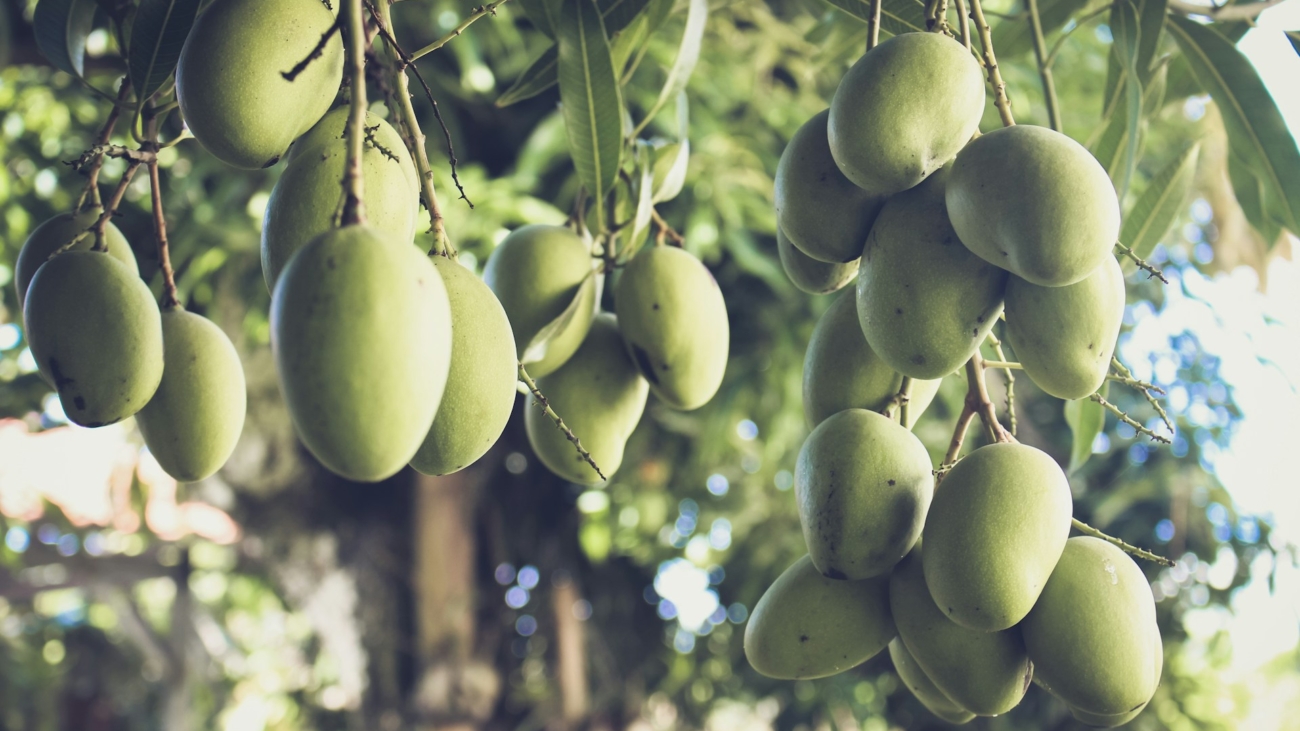Community orchards are vibrant green spaces that offer a bounty of fresh fruit, foster a sense of connection, and promote sustainable practices. But building a thriving community orchard requires careful planning and consideration of various technical aspects. This article delves into the key steps involved in establishing and maintaining a flourishing orchard enjoyed by the whole community.
Planning the Perfect Patch:
- Site Selection: Choose a sunny location with well-drained, fertile soil. Consider access to water for irrigation and protection from strong winds.
- Variety is Key: Select a diverse range of fruit trees adapted to your local climate and suitable for community planting. Consider factors like ripening times and pollination needs.
- Planting Design: Plan the layout of your orchard, spacing trees appropriately to allow for growth and ease of maintenance. Utilize dwarf or semi-dwarf varieties in smaller spaces.
Planting and Early Care:
- Soil Preparation: Conduct a soil test and amend the soil as needed to ensure optimal nutrient levels and drainage. Organic matter amendments are beneficial for healthy soil.
- Planting Techniques: Plant trees at the appropriate depth and season for your region. Proper staking and watering are crucial for establishing healthy root systems.
- Mulching: Apply a layer of organic mulch around the base of each tree to suppress weeds, retain moisture, and regulate soil temperature.
Community Involvement and Maintenance:
- Volunteer Recruitment: Engage community members through workshops, volunteer days, and educational events. Encourage participation in planting, pruning, and harvesting activities.
- Irrigation Management: Develop a sustainable watering plan, utilizing drip irrigation for efficient water use. Consider rainwater harvesting techniques.
- Pest and Disease Control: Implement Integrated Pest Management (IPM) strategies to minimize reliance on chemical pesticides. Utilize natural predators and organic control methods if possible.
Sustainable Practices:
- Pollinator Support: Plant flowering companion plants to attract bees and other pollinators vital for fruit production.
- Composting: Establish a community composting system to utilize food scraps and yard waste, creating nutrient-rich compost for the orchard.
- Water Conservation: Emphasize water-efficient practices like mulching and drip irrigation. Utilize rainwater harvesting whenever possible.
Sharing the Harvest:
- Harvesting Guidelines: Educate participants about proper harvesting techniques to avoid damaging trees and ensure fruit quality.
- Distribution Strategies: Develop a fair and inclusive system for sharing the harvest. Consider donating a portion to local food banks or community kitchens.
- Celebrating Success: Organize community potlucks or celebratory events featuring the fruits of the orchard’s labor.
Variety for All:
- Fruit Selection: Go beyond traditional apple and pear trees. Consider incorporating heritage varieties, disease-resistant cultivars, and fruit trees suitable for different ripening seasons to extend the harvest window and cater to diverse palates.
- Accessibility Considerations: Plant a selection of fruit trees with low-hanging branches or espaliered trees on fences to allow for easier harvesting by individuals with mobility limitations.
Education and Empowerment:
- Workshops and Skill-Building Sessions: Offer ongoing workshops on topics like pruning techniques, pest identification, organic pest control, and best practices for fruit harvesting and storage. Empower community members to care for the orchard and share their knowledge with others.
- Diversity and Inclusion: Create educational materials and signage that are accessible in multiple languages to foster inclusivity within the community orchard.
- Intergenerational Learning: Encourage collaboration between generations. Experienced gardeners can share their knowledge with younger participants, fostering a sense of shared responsibility and tradition.
Sustainability in Action:
- Water Management: Explore greywater irrigation systems to utilize household wastewater for watering the orchard in a sustainable manner. This can be particularly beneficial in drought-prone regions.
- Renewable Energy Integration: Consider incorporating solar panels to power watering systems or irrigation pumps, reducing reliance on the traditional grid and promoting a more sustainable footprint.
- Pollinator Haven: Design the orchard perimeter with native flowering plants and shrubs to create a haven for pollinators. This not only benefits the orchard ecosystem but also supports local biodiversity.
Building a Sustainable Future:
Community orchards can be a springboard for broader sustainability initiatives:
- Food Security and Local Produce: Community gardens can be established alongside the orchard to cultivate vegetables and herbs, promoting local food production and access to fresh, healthy produce.
- Seed Saving and Sharing: Encourage community members to save seeds from the orchard’s fruit trees. This promotes seed sovereignty and fosters a sense of self-reliance within the community.
- Composting Education: Expand the community composting program to include food scraps and yard waste from participating households, creating a closed-loop system for nutrient-rich compost to be used in the orchard and community gardens.
Conclusion:
Building a community orchard is a rewarding endeavor that requires collaboration, planning, and ongoing care. By focusing on these technical aspects, utilizing sustainable practices, and fostering community involvement, you can create a thriving green space that provides fresh produce, educational opportunities, and a sense of shared ownership for years to come. Community orchards are not just about growing fruit; they are about cultivating connections, fostering a sense of community, and nurturing a more sustainable future, one delicious bite at a time.

